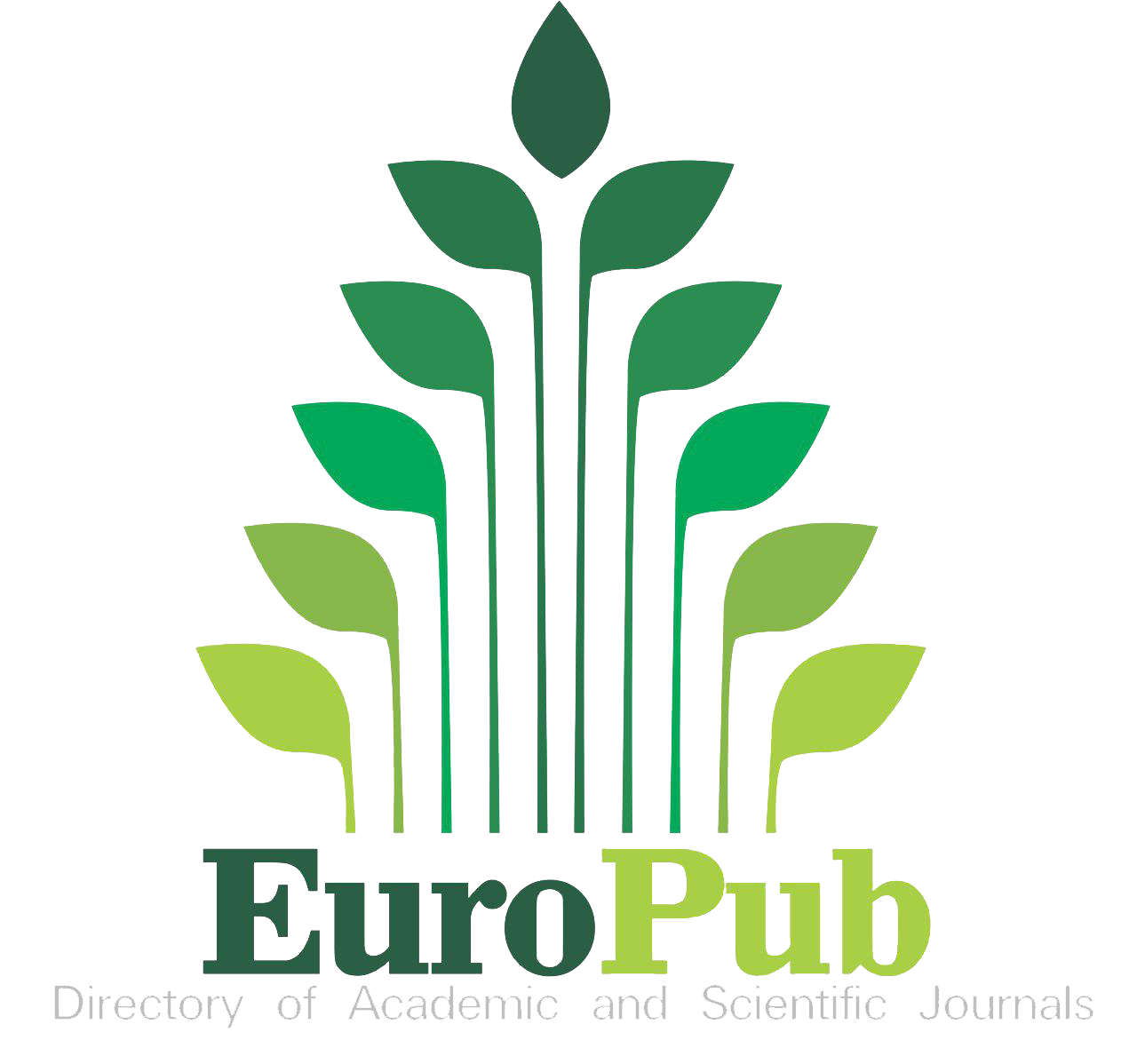Comparative Analysis of Mono Crops and Diversified Crops in the South-Western Region of Bangladesh: Production, Profitability, and Input Efficiency
DOI:
https://doi.org/10.54536/ajebi.v4i2.4714Keywords:
Bangladesh, Diversified Crop, Mono Crop, Production, ProfitabilityAbstract
This study compares mono-cropping and diversified cropping systems in South-Western Bangladesh, focusing on productivity, cost efficiency, profitability, and resource utilization. Primary data was collected from 200 farmers across Kushtia, Jhenaidah, and Meherpur districts, employing a mixed-method framework that integrates the Cobb-Douglas production model, cost-benefit analysis, and marginal efficiency evaluation. Key findings indicate that labor, land preparation, seeds, irrigation, pesticides, and fertilizers all significantly boost output in both systems, with labor costs being the most impactful. While mono-cropping achieved a better statistical fit (Adj. R² = 0.918) compared to diversified cropping (Adj. R² = 0.712), the latter proved more profitable. Diversified systems yielded a benefit-cost ratio of 1.88, far surpassing mono-cropping’s 1.22, highlighting greater economic returns. Input efficiency analysis revealed underutilized resources (r > 1) in diversified farming, suggesting room for increased output, whereas mono-cropping exhibited inefficiencies, particularly in seed usage (r < 1). These results emphasize diversification’s economic and environmental benefits, including higher income stability, climate resilience, and risk mitigation. To encourage adoption, policymakers should prioritize access to quality inputs, farmer training, improved irrigation, and tailored credit programs. Such measures could accelerate sustainable agriculture, food security, and rural prosperity in Bangladesh.
Downloads
References
Ahmed, A. (2018, March 23–25). Using the BIHS data to support agriculture, nutrition, and social protection policies in Bangladesh [Conference presentation]. Poverty, Health, and Nutrition Division Retreat, International Food Policy Research Institute, Alwar, Rajasthan, India.
Akanda, A. I. (2010). Rethinking crop diversification under changing climate, hydrology and food habit in Bangladesh. Journal of Agriculture and Environment for International Development, 104(1-2), 3-23. https://doi.org/10.13140/RG.2.1.3202.3125
Andrew, D., McGee, K., & Oseni, G. (2015). Agricultural production, dietary diversity and climate variability. Journal of Development Studies, 51(8), 976-995. https://doi.org/10.1080/00220388.2015.1018902
Assefa, Y., Yadav, S., Mondal, M. K., Bhattacharya, J., Parvin, R., Sarker, S. R., Rahman, M., Sutradhar, A., Prasad, P. V. V., Bhandari, H., Shew, A. M., & Jagadish, S. V. K. (2021). Crop diversification in rice-based systems in the polders of Bangladesh: Yield stability, profitability, and associated risk. Agricultural Systems, 187, Article 102986. https://doi.org/10.1016/j.agsy.2020.102986
Bangladesh Bureau of Statistics. (2022). Labor force survey 2022. Ministry of Planning, Government of the People’s Republic of Bangladesh.
Bangladesh Ministry of Finance. (2023). Bangladesh economic review 2023. Government of the People’s Republic of Bangladesh.
De Pinto, A., Seymour, G., Bryan, E., & Haggblade, S. (2020). Women’s empowerment and farmland allocations in Bangladesh: Evidence of a possible pathway to crop diversification. Climatic Change, 163(2), 1025-1043. https://doi.org/10.1007/s10584-020-02925-w
Feliciano, D. (2019). A review on the contribution of crop diversification to Sustainable Development Goal 1 “No Poverty” in different world regions. Sustainable Development, 27(4), 795-808. https://doi.org/10.1002/sd.1923
Ganancial, M. D. (2024). Intercropping pechay and spring onions: Determining effective spatial arrangements. American Journal of Agricultural Science, Engineering, and Technology, 8(1), 1–6. https://journals.e-palli.com/home/index.php/ajaset/article/ download/2350/1164/13904
Habtemariam, L. T., Will, M., & Müller, B. (2021). Agricultural insurance through the lens of rural household dietary diversity. Global Food Security, 28, Article 100485. https://doi.org/10.1016/j.gfs.2020.100485
Hashakimana, L., Tessema, T., Niyitanga, F., Cyamweshi, A. R., & Mukuralinda, A. (2023). Comparative analysis of monocropping and mixed cropping systems on selected soil properties, soil organic carbon stocks, and simulated maize yields in drought-hotspot regions of Rwanda. Heliyon, 9(1), Article e19041. https://doi.org/10.1016/j.heliyon.2023.e19041
Islam, A. H. M. S., von Braun, J., Thorne-Lyman, A. L., & Ahmed, A. U. (2018). Farm diversification and food and nutrition security in Bangladesh: Empirical evidence from nationally representative household panel data. Food Security, 10(3), 701-720. https://doi.org/10.1007/s12571-018-0806-3
Kankwamba, H., Kadzamira, M., & Pauw, K. (2018). How diversified is cropping in Malawi? Patterns, determinants and policy implications. Food Security, 10(2), 323-338. https://doi.org/10.1007/s12571-018-0771-x
Makate, C., Wang, R., Makate, M., & Mango, N. (2016). Crop diversification and livelihoods of smallholder farmers in Zimbabwe: Adaptive management for environmental change. SpringerPlus, 5, Article 1135. https://doi.org/10.1186/s40064-016-2802-4
Mofya-Mukuka, R., & Hichaambwa, M. (2018). Livelihood effects of crop diversification: A panel data analysis of rural farm households in Zambia. Food Security, 10(6), 1449-1462. https://doi.org/10.1007/s12571-018-0872-6
Mzyece, A., & Ng’ombe, J. N. (2021). Crop diversification improves technical efficiency and reduces income variability in Northern Ghana. Journal of Agriculture and Food Research, 5, Article 100162. https://doi.org/10.1016/j.jafr.2021.100162
Owen, G. (2020). What makes climate change adaptation effective? A systematic review of the literature. Global Environmental Change, 62, Article 102071. https://doi.org/10.1016/j.gloenvcha.2020.102071
Parvathi, P. (2018). Does mixed crop-livestock farming lead to less diversified diets among smallholders? Agricultural Economics, 49(4), 497-509. https://doi.org/10.1111/agec.12431
Rehan, S. F., Sumelius, J., & Bäckman, S. (2017). Determinants of on-farm diversification in Bangladesh. International Journal of Agricultural Resources, Governance and Ecology, 13(3), 294-313. https://doi.org/10.1504/IJARGE.2017.087001
Ruel, M. T., Quisumbing, A. R., & Balagamwala, M. (2018). Nutrition-sensitive agriculture: What have we learned so far? Global Food Security, 17, 128-153. https://doi.org/10.1016/j.gfs.2018.01.002
Tadesse, A., & Eshetu, M. (2023). Cassava-based intercropping with legumes in Southern Ethiopia. International Journal of Smart Agriculture, 2(1), 9–14. https://journals. e- palli.com/home/index.php/ijsa/article/download/1682/1227/14989
Downloads
Published
How to Cite
Issue
Section
License
Copyright (c) 2025 Shahed Ahmed, Mithila Tanzil

This work is licensed under a Creative Commons Attribution 4.0 International License.














